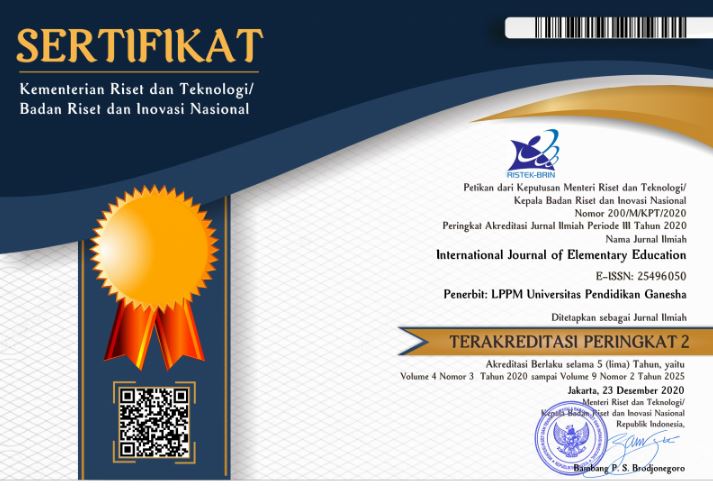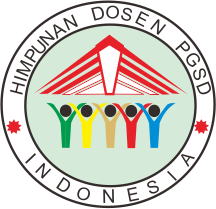Design Thinking-Based Learning Assessment Guidelines to Improve Creative Thinking Skills
DOI:
https://doi.org/10.23887/ijee.v8i3.74596Keywords:
Learning Assessment Guidelines, Creative Thinking Skill, Design ThinkingAbstract
The creative thinking process is a process that students go through to generate ideas or notions (creativity) in solving problems. Lack of attention to learning assessment in elementary schools that is appropriate and supports student creativity causes low creative thinking skills of students. This study aims to develop a design thinking-based learning assessment guidelines for grade V elementary school students in IPAS subjects and analyze the validity, practicality and effectiveness of the design thinking-based learning assessment guidelines. This research is development research with ADDIE model. The subjects in this study included learning assessment experts, teacher practitioners, and fifth grade students. This study used data collection techniques, namely questionnaires/surveys and tests. Data analysis techniques used qualitative, quantitative and inferential statistical analysis (t test). The results of this study are the results of validation by learning assessment experts obtained very good qualifications, the results of practicality testing by teachers obtained very good qualifications, and the results of the effectiveness test of the design thinking-based learning assessment guidelines showed a significant difference in the creative thinking ability of grade V students in IPAS subjects before and after participating in learning by using a design thinking-based learning assessment guidelines. This indicates that the design thinking-based learning assessment guidelines are effective because these learning assessment guidelines can assist teachers in designing and implementing assessments to explore and improve students' creative thinking skills comprehensively.
Published
How to Cite
Issue
Section
License
Copyright (c) 2024 Ni Luh Made Yulia Widyastuti, I Nyoman Laba Jayanta

This work is licensed under a Creative Commons Attribution-ShareAlike 4.0 International License.
Authors who publish with the International Journal of Elementary Education agree to the following terms:
- Authors retain copyright and grant the journal the right of first publication with the work simultaneously licensed under a Creative Commons Attribution License (CC BY-SA 4.0) that allows others to share the work with an acknowledgment of the work's authorship and initial publication in this journal.
- Authors are able to enter into separate, additional contractual arrangements for the non-exclusive distribution of the journal's published version of the work (e.g., post it to an institutional repository or publish it in a book), with an acknowledgment of its initial publication in this journal.
- Authors are permitted and encouraged to post their work online (e.g., in institutional repositories or on their website) prior to and during the submission process, as it can lead to productive exchanges, as well as earlier and greater citation of published work. (See The Effect of Open Access)








